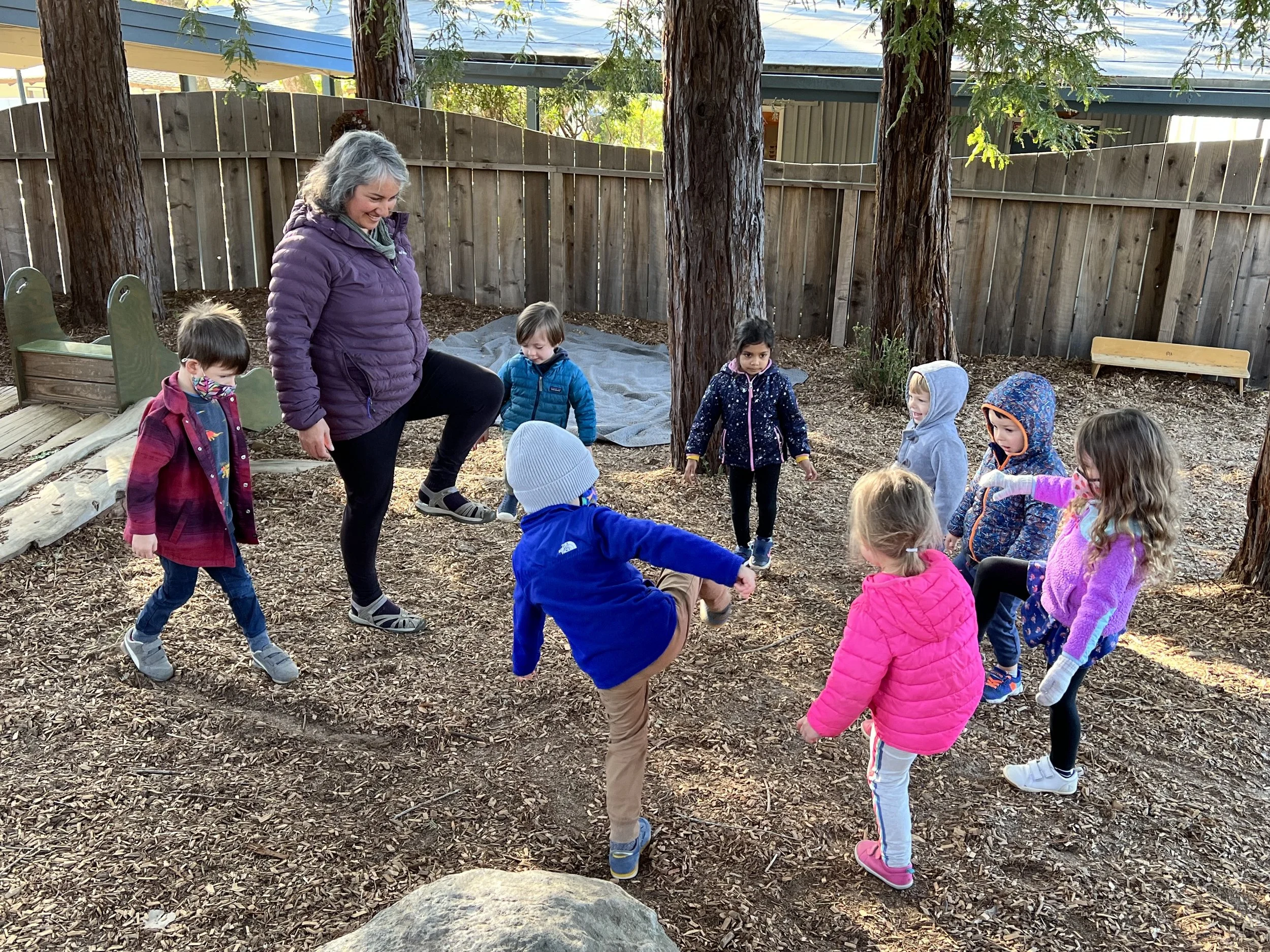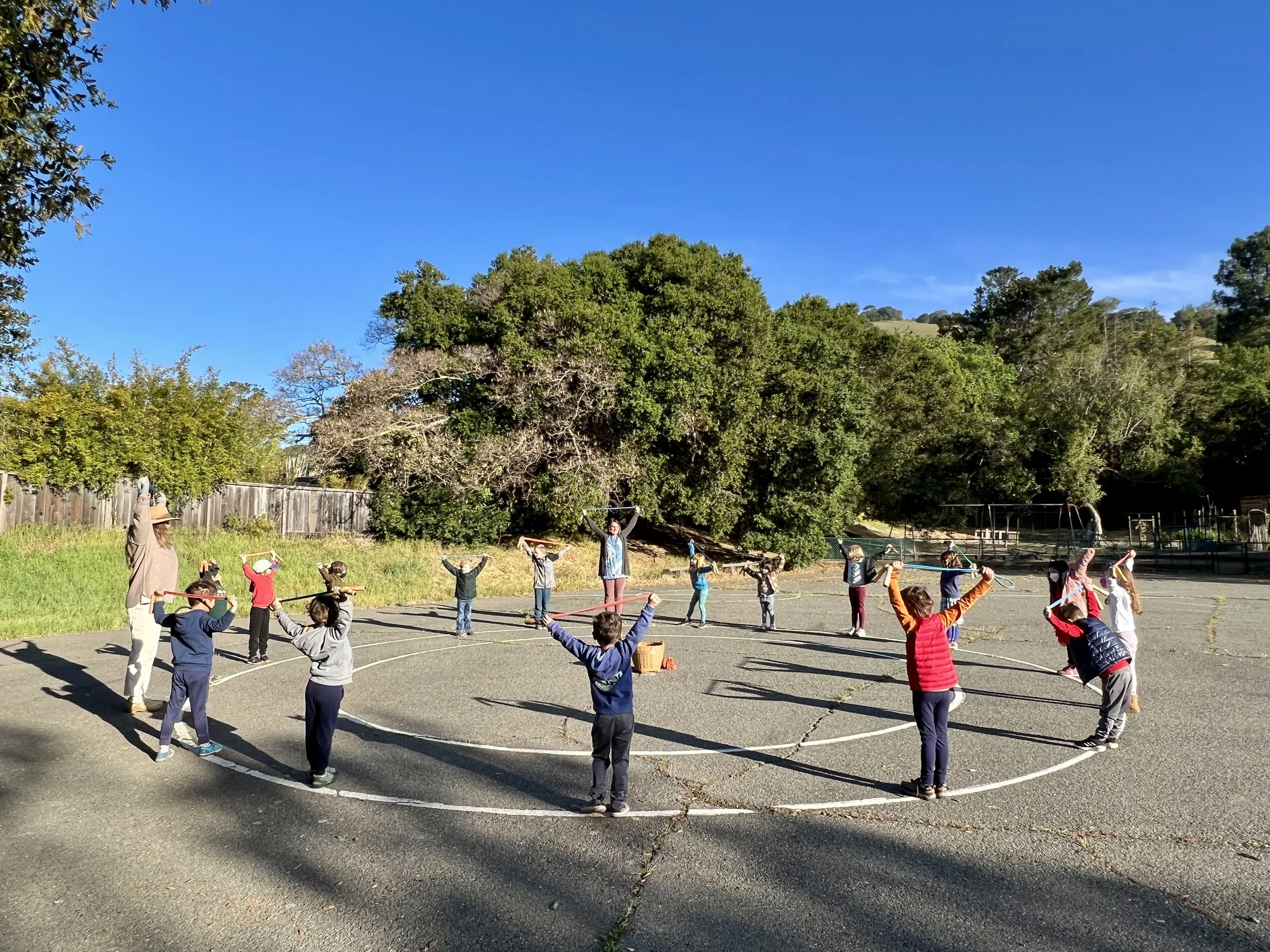Research: The Power of Multimodal Learning
Edutopia: When students engage multiple senses to learn—drawing or acting out a concept, for example—they’re more likely to remember and develop a deeper understanding of the material, a large body of research shows.
“It might seem like a scene from a wildlife documentary, but turning students loose to stride and hop around the classroom pretending to be lions, and then gazelles, is a powerful lesson on the differences between predators and prey,” write authors Youki Terada and Stephen Merrill in a March 2025 article, “The Power of Multimodal Learning (in 5 Charts),” in Edutopia. “A growing number of studies reveal the neural underpinning of what researchers call ‘embodied learning’ or “multimodal learning”—using your body to encode material more deeply by drawing, singing, or dancing, for example—and provide a window into how and why the approach works so well.”
The article goes on to describe several studies that show the power of multimodal learning, including a 2022 meta-analysis that ”concluded that pairing words with actions—bodily recreating the motion of the earth, moon, and sun when learning what an ‘eclipse’ is, for example—is a ‘reliable and effective mnemonic tool’ with an effect size of 1.23, well above the 0.8 threshold for a ‘large” impact.’”
At Marin Waldorf School, we use movement, art, games, verse, music, and play to reinforce learning in the classroom. Learn more about our innovative programs or schedule a tour to see our dynamic classrooms in action.


